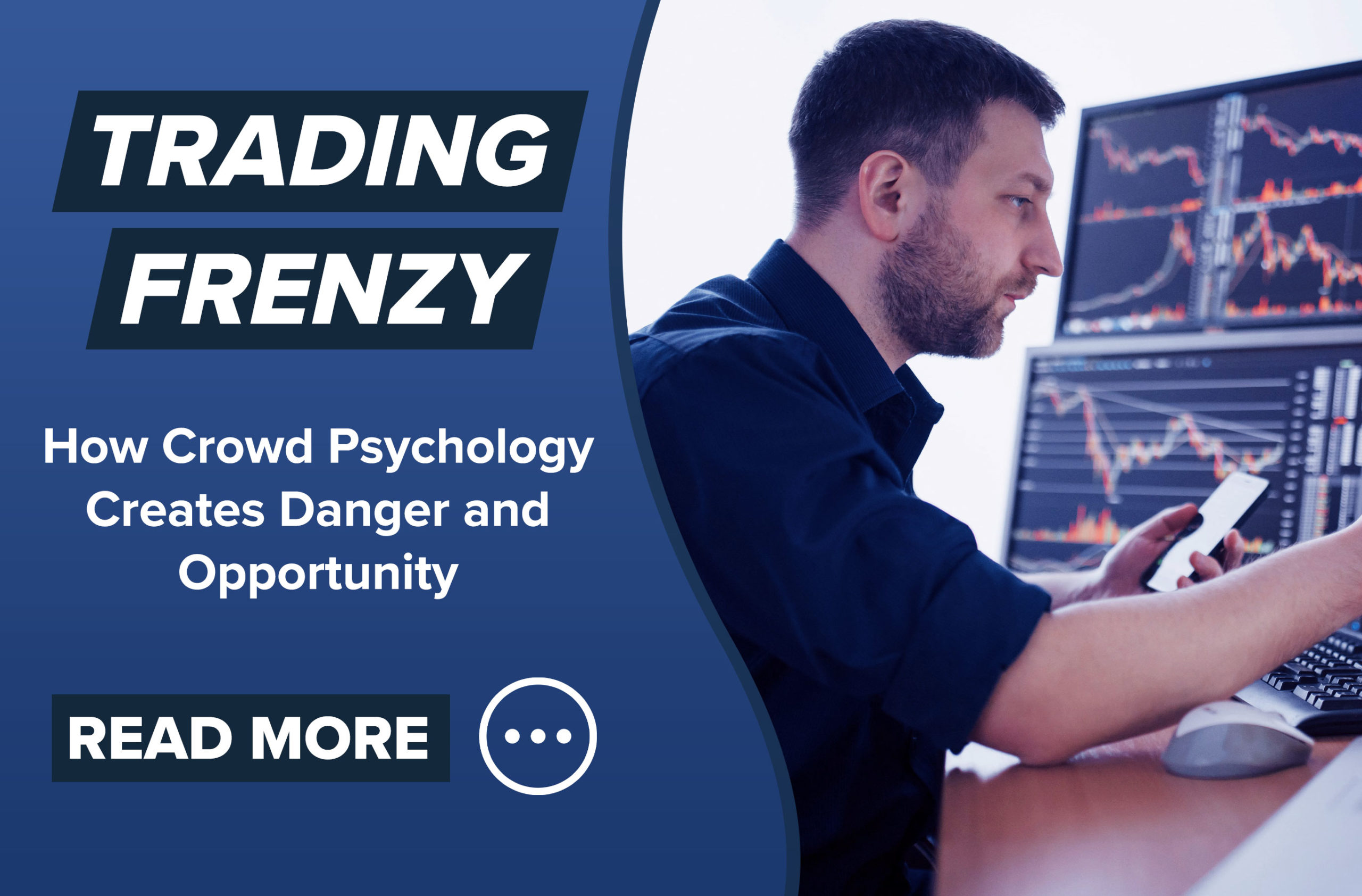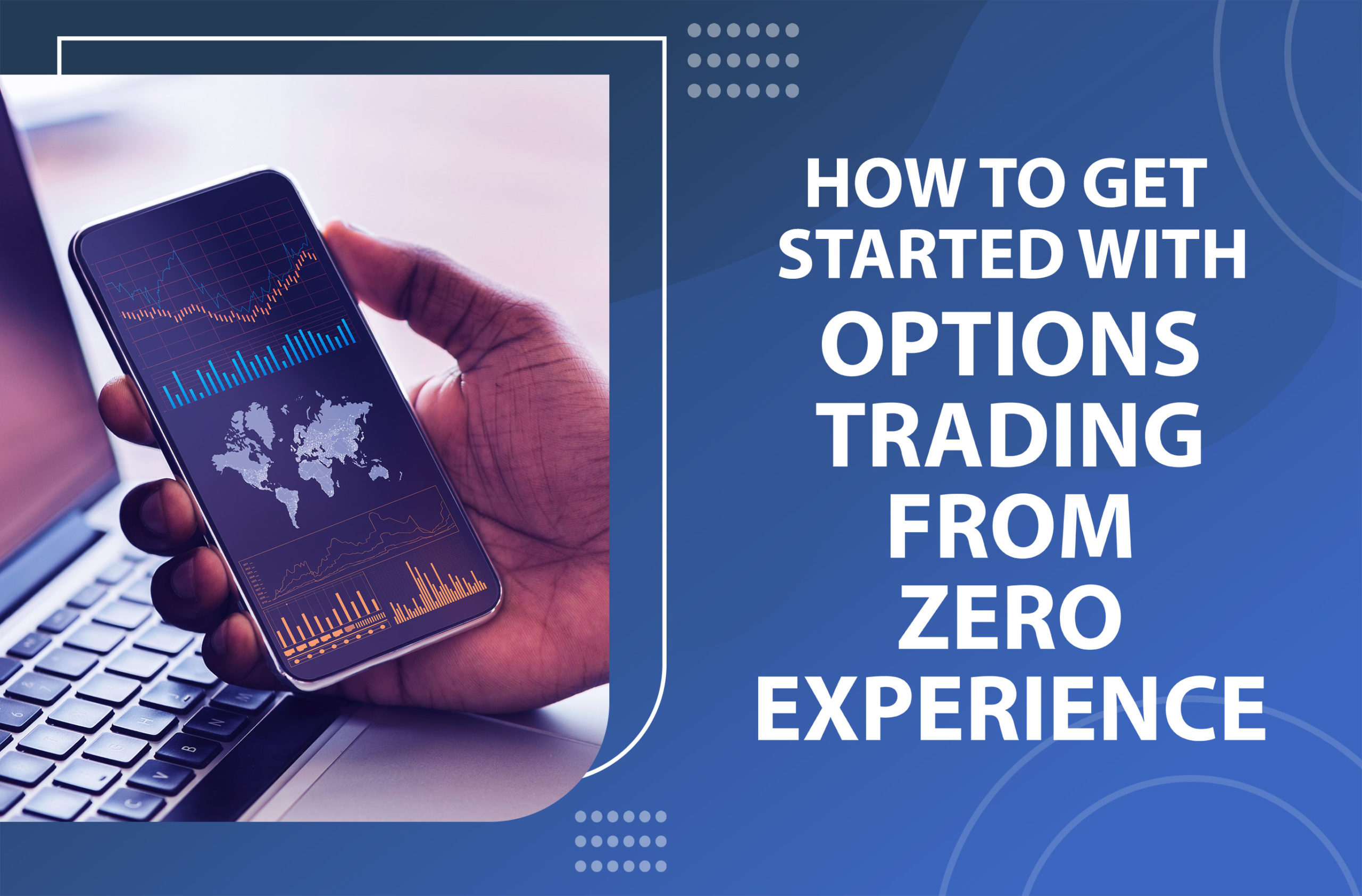These days, a wave of data and information being thrown at everyone constantly throughout the day. The news is getting absorbed by people at different times and may or may not be accurate. In order to trade, it would be smart to examine how crowd psychology has an effect on the market. So, how can we tell what pieces of news the masses will respond to? And how can you harness the madness of crowds in your portfolio? Keep reading and I’ll share exactly how I stay more informed than the masses.
The road less traveled?
Many great traders will tell you to exploit the herd mentality. This is a belief that as everyone runs in one direction, often the money is the other way.
The Dot Com Bubble is a great example. The market was shooting up! At times, it seemed like every new internet-related company was going to see their stock price go through the roof. As the rally continued and it started to become clear… The safest—and most profitable—way to trade that bubble was to go against it. The signs were on the wall as the market began to shift in the early 2000s.
Information: not all created equal. How do you separate the madness of crowds from real actionable news?
Crowd psychology shows that irrational trends are perpetuated by group thinking. That’s where the madness of crowds begins. There’s so much information hitting our phones and TVs every day. How can you determine which news is driven by fear of missing out on a rally or what is actionable information? This is a strong supporting argument for coupling reliable news data with technical analysis. This means that common indicators based on the price movement of a stock or asset can show when a trend is irrationally overbought or oversold.
These are the indicators I use to understand the market
These indicators, like MACD or Bollinger Bands, are on every charting software and can be combined with the news to show this illogical behavior and allow you to trade it. As you read on, we will walk through the most important indicators and how to combine them for the highest level of accuracy in spotting winning trades.
The Positive Feedback Loop
As the crowd begins to sift through the news, we also start to see a type of validation. This has become even more true with social media. As a result, people seek out those who agree with them. How many times have you seen someone threaten to “purge” their friend lists when they get into an online spat? This only narrows their view of what is going on in the world and exacerbates the herd mentality.
Another modern advent that has increased herd mentality are the algorithms used by news sites and other portals to customize your news feed. This process takes data from your browsing habits and uses it to determine what information it should show you. You start to see a narrower and narrower perspective of what is going on in the world and can begin to act on incomplete data. With many getting their news only online, this is affecting the masses.
The result is that ideas gain momentum quickly and spread through the dry tinder of people seeking to validate their beliefs. These conditions amplify two of the main driving forces of the markets, fear, and greed. Both of these conditions are fuel for irrational decisions and no place is that more evident than in the markets.
The more someone hears of a trading opportunity from their sources, friends on social media, filtered news sites, the more they feel they have to get into that trade. The drive becomes so compelling, they ignore their trading plans and place orders at prices they really can’t justify. This drives up the price of that stock to levels all of the data about that company can’t support. These moves pick up speed and shoot up to highly overbought positions.
What bubbles up… comes crashing down
When that price can’t be supported, the people who had the stock before the price shot upstart to lock in their gains and sell. Sometimes those people are insiders who have built up a mass of shares and have been waiting for the right time to sell. No matter who it is, they will start to sell and they will take whatever they can get. All of a sudden that stock that starts to drop and that greed that got those latecomers in at any price they could buy at turns to fear and the sell-off begins.
This Snap Back pattern plays out regularly, and it is one of my favorite and most lucrative strategies. It doesn’t happen with every stock and it doesn’t play out every day. But with the tools we are outlining here and the information you are about to read, you will be able to spot these situations as they set up and you can be there to grab the money emotions are leaving on the floor.











The Coronavirus really rattled some feathers
You’re telling me
WOW!. This Article is really helped me. Thank you. Great Blog.